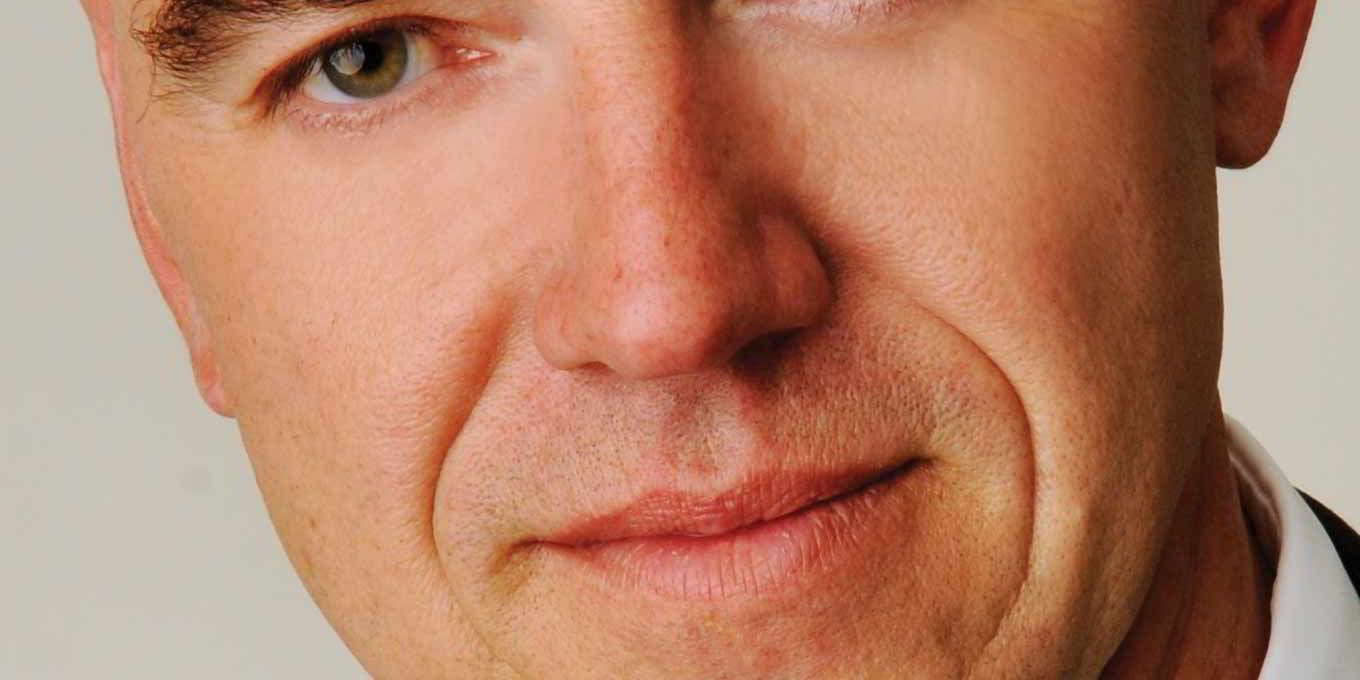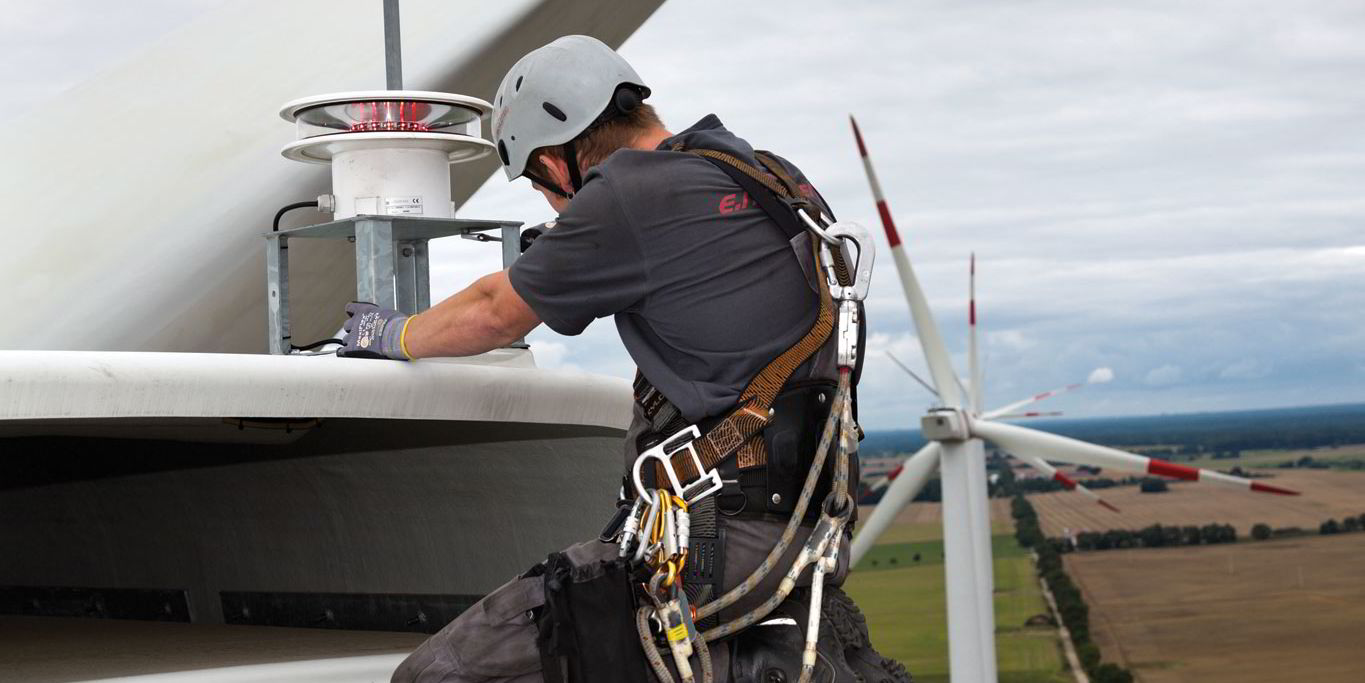It claims that its turbines have among the highest availability and highest output per megawatt on the market, and that they can withstand so much turbulence that 11 machines can be installed in the space normally reserved for ten.
It is a company that developed its turbines from scratch in-house and is owned by one man.
Do you know who it is? Here’s a clue: it isn’t Enercon, Siemens, Nordex or Senvion.
“We see ourselves as the biggest of the smallest players and the smallest of the big players,” says Helmut Lange, head of sales and marketing at Eno Energy.
Eno started life in 1999 as a wind developer, before its owner and managing director Karsten Porm made the ambitious decision in 2006 to develop and manufacture its own turbines. By 2008, its first prototype, the 2.05MW Eno 82, was up and running.
How and why did Eno make such a move?
Between 1999 and 2007, the company’s engineering team learned a great deal about the turbines it had bought and figured out what worked well and what didn’t. They determined that this knowledge could be used to build “a bulletproof turbine that will last forever”, designed entirely with the operator in mind.
Using money Eno had earned from its lucrative development activities, and helped by loans from financial institutions, the company built a factory in Rostock, northern Germany. Its first prototype was assembled with off-the-shelf towers and blades, and components designed by the company but produced externally. (Eno recently started to build its own components and is looking into manufacturing some electrical parts such as converters.)
Other companies with similar ambitions have since fallen by the wayside — Fuhrländer, Clipper and Bard — but Eno has continued to grow steadily.
It now offers four models — the 2MW Eno 82, the 2.2MW Eno 92 and Eno 100, and the 3.5MW Eno 114 (the number represents the rotor diameter in metres). It is set to install the first prototype of its 3.5MW Eno 126 in the second quarter of 2015.

In the grand scheme of things, Eno has remained a small company. It installed 34.1MW in 2012 (2% of the German onshore market) and 32.5MW in 2013 (1% of that market). In the first half of this year, the company commissioned 24MW, and it is targeting 68MW for the full year. Eno also has its own 400MW project pipeline, 80% of which will be fulfilled with its own turbines.
Being a small player can actually be an advantage, says First Berlin Equity analyst Karsten von Blumenthal, as it becomes less important how big the market is.
“To maintain its market share, a smaller manufacturer only needs a couple of projects,” he says. “With its own pipeline, the company can secure its own demand. That is a way to escape the effects of a shrinking market.”
Germany, where Eno makes roughly 85% of its sales, is expecting to see a record year for installations in 2014, with 3.3-3.7GW installed onshore — but an annual onshore cap of 2.5GW will be imposed by the government next year.
This means Eno will struggle to expand in its shrinking home market. So the company is increasingly looking at other markets in Northern Europe, where there will be demand for high-quality machines for small projects.
In a first step, Eno wants to enhance its position in Sweden — where it recently sold 13.2MW of turbines — and France, where it will have ten turbines up and running next year. It plans to establish a UK sales office in the fourth quarter of this year and says it will offer a 1.5MW version of its Eno 82 specifically for that market.
The key, Eno says, will be to ensure that the company has service teams available in each new market. “We need that to keep our position as a premium-quality manufacturer,” says Lange.
Eno’s business strategy is centred around quality, with a very strong customer focus and swift reaction times from its service unit.
“That’s something where we can differentiate us from others,” says Lange. “We’re going for high-quality markets.
“That limits us to certain kinds of countries and customer groups. We’re not really in a position to provide for RWE or Vattenfall, for big wind parks, if they’re only looking into cost.”
Eno tends to vie for small or community-based wind parks, often competing with its much bigger rival, Enercon, which has a similar high-quality, fast-servicing approach, yet is the world’s third-largest turbine maker and the undisputed leader in Germany.
“Enercon is our real benchmark because they also have quality-designed turbines,” says Lange. “But they are focused on gearless turbines [Eno’s are geared].”
Lange admits that Eno turbines are a little more expensive than most of its rivals’, but says they are cheaper than Enercon’s in the 3-4MW class.
Being relatively expensive means that Eno has to convince potential clients that its turbines offer value for money.
“We have to convince customers with what is in the machines, where it is coming from,” says Lange. “The output must be more than what you see from other turbines.”
Eno turbines can provide an elevated output due to their high availability. In the past three years, Eno’s commercially employed machines have always had an availability above 98% — similar to Enercon’s, but higher than “practically all other manufacturers”, according to Eno.
The ability to withstand more turbulence means that its Eno 114 can provide more power from the same land area than its rivals.
“In a wind field where you usually can establish up to ten bigger turbines [from other manufacturers], you can very often get in one more turbine from Eno,” Lange says. “You can stick them a bit closer together.”
This is a potential advantage in densely populated countries such as Germany, the UK or the Benelux nations, where land is scarce and wind farms tend to be smaller.
Eno still has its work cut out getting firmly established in the highly competitive turbine market, but its strategy appears to be working.
The “lean” company had revenues of €72m ($96m) last year and earnings before interest and taxes of €9m. Results from the first half of this year look even more promising, Lange says.
As the company is privately owned, it does not publish quarterly results or net profit figures. But Lange says: “We’ve always had a net profit. We haven’t had a negative result in the history of the company.”

